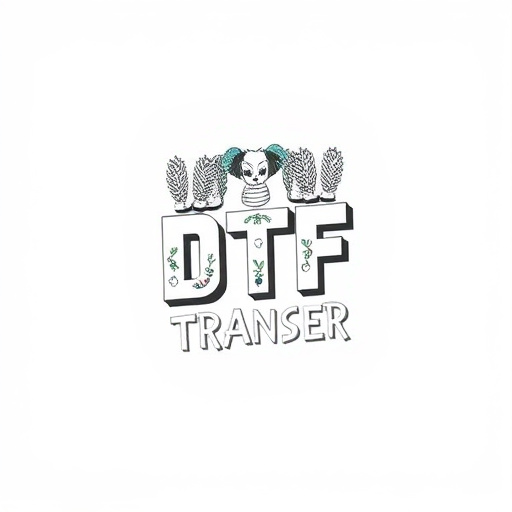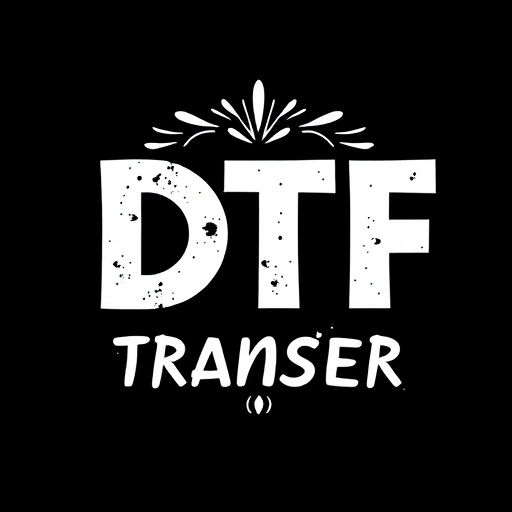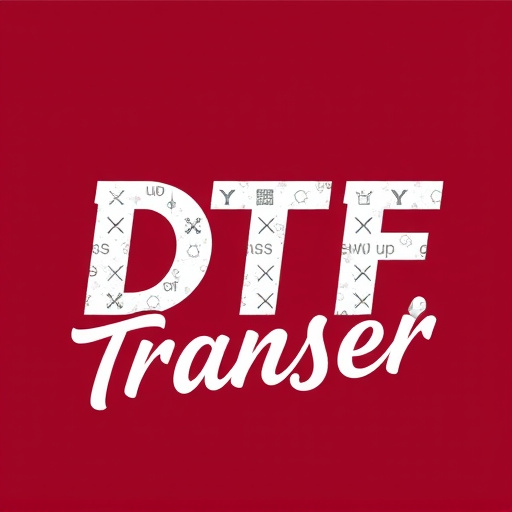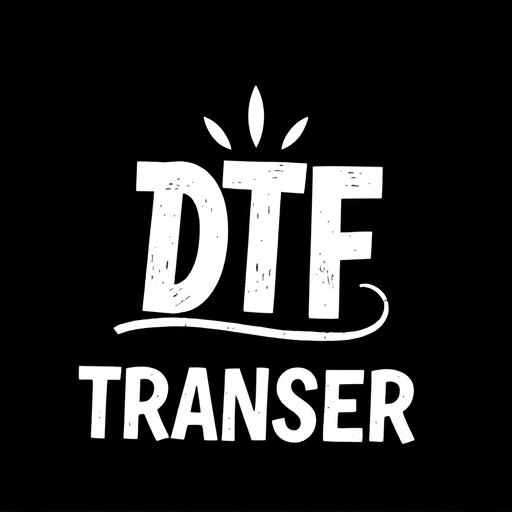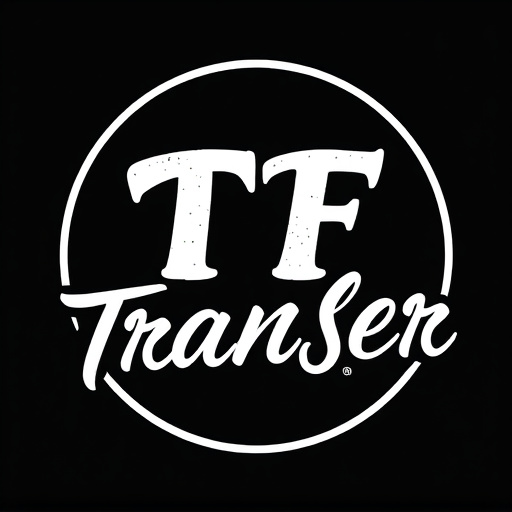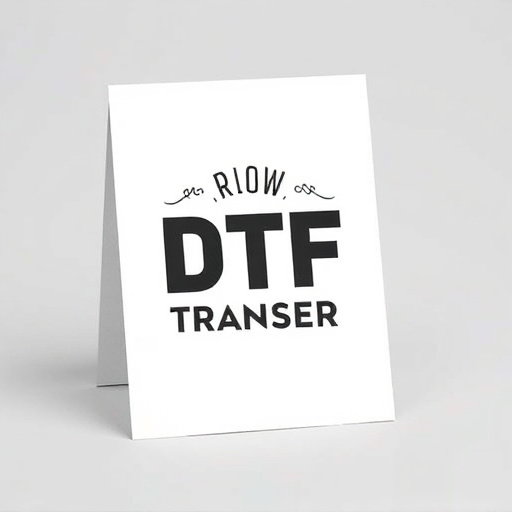Direct-to-Film (DTF) printing technology is a cutting-edge solution transforming digital printing, offering exceptional detail, color accuracy, and versatility across diverse markets. Vendors play a crucial role by managing film scanning and ink transfer processes, ensuring businesses receive high-quality DTF prints for their marketing needs. Key practices for resellers include using industry standards, calibrating printers, maintaining a clean environment, and selecting appropriate film stocks to achieve lasting print quality. DTF prints have proven effective in various sectors, from branding café menu cards to creating unique promotional products, driving business growth through enhanced visual solutions.
In today’s visual landscape, high-quality direct-to-film (DTF) prints are paramount for resellers and businesses looking to impress. This innovative printing method has revolutionized the industry by enabling precise, vibrant reproductions directly onto film media. In this comprehensive guide, we explore the transformative role of DTF prints, from understanding their revolutionary process to uncovering the benefits they offer. Discover how the right vendor can be your secret weapon for optimal print quality and explore real-world success stories.
- Understanding Direct-to-Film Prints (DTF): A Revolutionary Printing Method
- The Role of Vendors in the DTF Process
- Benefits of DTF for Resellers and Businesses
- How to Choose the Right Vendor for Your DTF Needs
- Best Practices for Optimal DTF Print Quality
- Case Studies: Successful DTF Implementation Stories
Understanding Direct-to-Film Prints (DTF): A Revolutionary Printing Method

Direct-to-Film (DTF) prints represent a cutting-edge advancement in printing technology, offering a revolutionary approach to producing high-quality images on various surfaces. Unlike traditional printing methods that rely on intermediate steps, DTF directly applies ink onto the film, eliminating the need for separate plates or screens. This innovation allows for exceptional detail and color accuracy, making it a preferred choice for businesses seeking top-tier visual solutions.
With DTF Prints, resellers can cater to diverse markets, from advertising agencies creating captivating outdoor billboards to e-commerce stores enhancing their product listings. The method’s versatility enables the reproduction of intricate designs, ensuring that brands’ messaging and aesthetics remain intact even on a large scale. This technology streamlines production processes, reduces costs, and delivers results that capture attention, making it a game-changer in the printing industry.
The Role of Vendors in the DTF Process
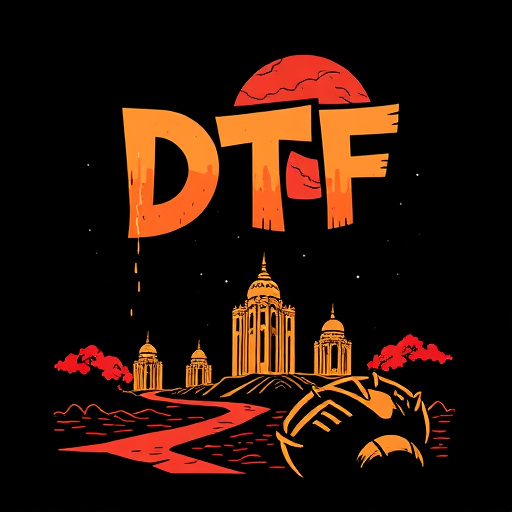
Vendors play a pivotal role in the Direct-to-Film (DTF) printing process, acting as a vital link between film producers and businesses or resellers seeking high-quality prints. These vendors specialize in acquiring raw film materials from manufacturers and then facilitating the intricate transfer process, ensuring that images are accurately replicated onto various media. Their expertise lies in understanding the unique requirements of different substrates, be it vinyl, canvas, or other specialized materials, to deliver optimal DTF Prints.
By handling this critical stage, vendors ensure consistency, quality, and speed in production. They possess the necessary equipment and knowledge to manage the delicate process, from film scanning to ink or dye sublimation, ensuring that final products meet industry standards. This specialized role allows businesses to focus on their core competencies while relying on vendors for reliable and top-tier DTF Prints.
Benefits of DTF for Resellers and Businesses

How to Choose the Right Vendor for Your DTF Needs

When choosing a vendor for direct-to-film (DTF) prints, it’s crucial to consider more than just price. Quality is paramount in this industry, as your brand reputation hinges on the final product. Look for vendors with an established track record and a strong portfolio showcasing their DTF printing capabilities. Reputable companies should offer a range of materials and finishes to cater to diverse business needs, from packaging to promotional items.
Additionally, ensure they provide transparent communication and timely turnaround times. A reliable vendor will actively consult with you on file formats, resolution requirements, and any specific customization needed for your DTF prints. This collaborative approach ensures the final products align perfectly with your vision and marketing goals.
Best Practices for Optimal DTF Print Quality

To achieve optimal print quality for Direct-to-Film (DTF) prints, resellers and businesses should adhere to several best practices. Firstly, ensure that all films and inks are of high-quality industry standards, as lower-grade materials can lead to inconsistent results. Calibrating your printers regularly is also crucial; this involves using reference prints and color profiles to maintain accurate color representation. Additionally, maintaining a clean print environment is essential; regular cleaning of the printing surface and proper maintenance of the printer itself can prevent contaminants from affecting the final product.
Another key practice is to use the appropriate film for each specific application. Different materials have unique properties, optimized for various purposes such as outdoor signage or indoor displays. Resellers should be knowledgeable about these variations and select the right film stock to guarantee the best possible DTF prints. Furthermore, allowing adequate drying time between applications can prevent ink smudging and ensure long-lasting, high-quality results.
Case Studies: Successful DTF Implementation Stories
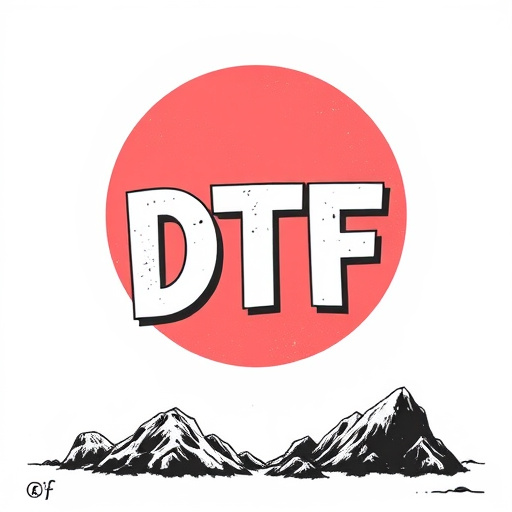
Direct-to-film (DTF) prints have transformed the way businesses handle their marketing materials, offering an efficient and cost-effective solution for high-quality custom designs. Case studies from various industries highlight the immense success of DTF implementation. For instance, a small local café embraced this technology to create visually appealing menu cards, enhancing their brand image and attracting more customers. The process allowed them to experiment with different designs and quickly adapt to seasonal themes, all while maintaining consistency in quality.
Another notable example is a tech startup that utilized DTF prints for producing promotional merchandise. They created custom phone cases with intricate graphics, ensuring each product was unique. This strategy not only boosted employee morale but also served as an effective marketing tool during trade shows, generating significant interest and positive feedback from potential investors and clients. These success stories demonstrate how DTF printing can elevate a brand’s presence, foster engagement, and contribute to overall business growth.







